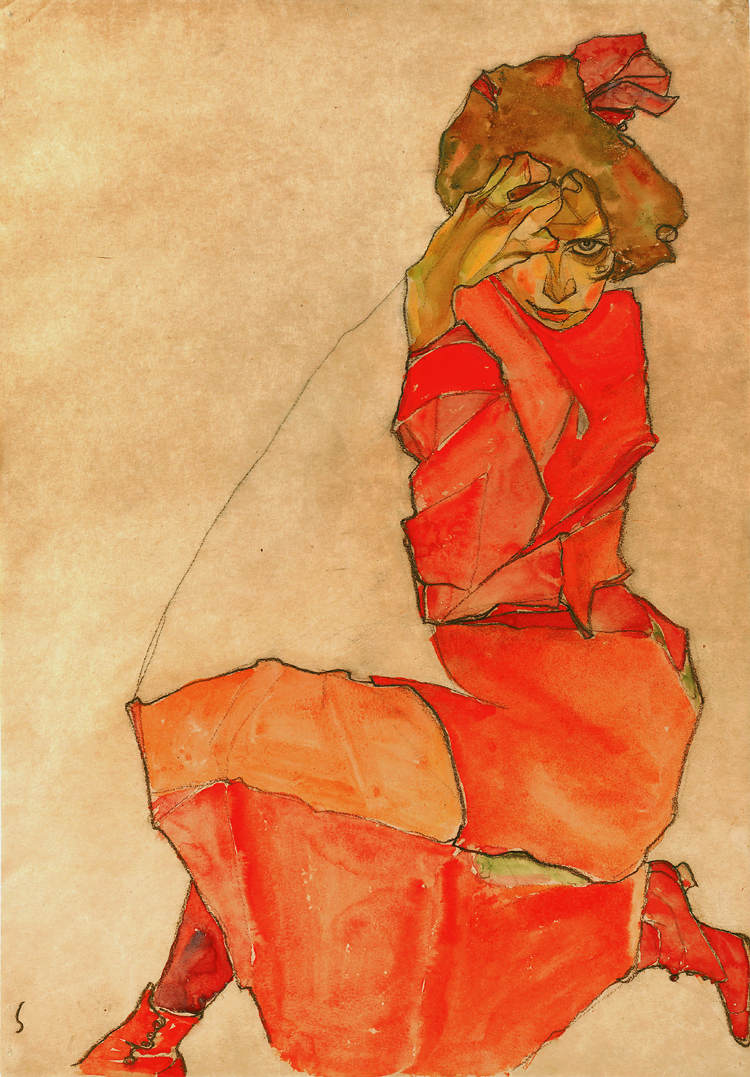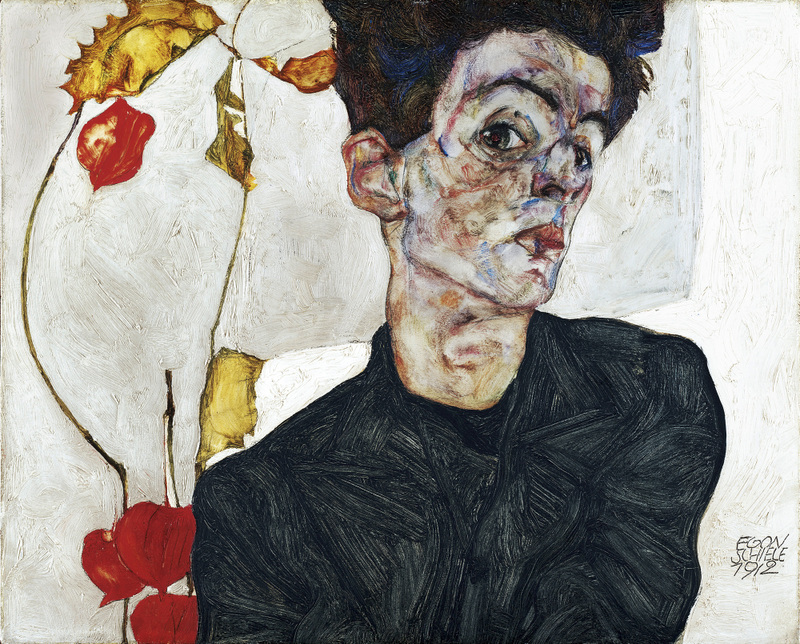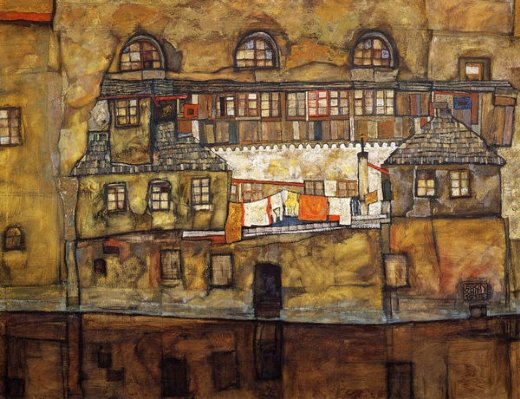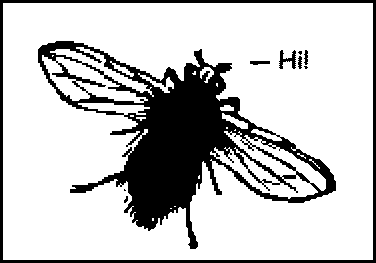Joanna Scott
(Picador)

He grew up on Tulln, lived, mostly, in Vienna where he attended the Academy of Fine Arts, ended up in the prison at St. Pëlten charged with contributing to the delinquency of minors, passed on to Prague where he was inducted into the army, and ended up in Mühling prisoner-of- There, I've done it, something I've solemnly promised I would never do again: that is, give a thumbnail description in review-lit language of a book so lovely that instead of summarizing it I should be writing here, merely: "Read this one." In our business, it is a warm surprise to find someone who knows how to plot a novel, who knows the language (that is, how to write winningly and well) and finally --- but most difficult of all --- knows how to show humans and human nature --- the good, the bad, the awful; one who knows how to make the characters come to life so powerfully that you find that for the time, for instance, that you are immersed in Arrogance you are living in 1915 Austria, following this deranged (but perfectly believable) character as he seduces and intrigues and schemes --- all the while declaiming his loathing for critics, art collectors, the middle and upper class in general; interested only in what could give him satisfaction: visual beauty, natural beauty, sexual beauty (or grotesquery --- for him, the two are interchangeable) on the canvas. Egon paints most anything, but sometimes, instead of using canvas, he paints on people: "He springs to his feet, smears the brush into a brown disk on the tray and begins to dab at the older man, staining the collar of his shirt, his cheek, his temple, his bald pate, shrieking," There's an added poignancy to this craziness: the man being painted is Herr Benesch, Egon's main support and chief patron. The artist is the main character here --- but there is another one as powerful as he, a character that rides side-by-side with him, as strange and fascinating and ultimately, as screwy. It's Austria at the beginning of the Twentieth Century --- its cities, its towns, its countryside, its architecture and art and customs and food and pastries and people. Ms Scott shows an astonishing and vast knowledge of that far country from a century ago. For example: if Egon wants to avoid being drafted into the Austrian army, he can "inject himself with a special kind of liquid soap that would have made his testicles swell and given him the symptoms of gonorrhea." Or that the ersatz coffee made out of barley during the Great War "caused dysentery" but "the Viennese would rather suffer intestinal discomfort than give up their beloved hot drink." Egon was born in 1890, bounced back and forth between Vienna and Neulengbach where he painted young girls in lurid settings, was imprisoned for less than a month, stayed in the army until 1918, and died at the end of the year. Ms Scott obviously poured herself into his life, possibly entered his brain, knows enough to invent a believable (and painful) childhood, invests herself in him so thoroughly that she can recall what he was thinking when he painted, when he made love, when he died. It's impossible for the reader not to believe in him, for better or for worse: Scott almost forces us, too, to invest ourselves in his doubtful character. He is the true artist, wily con man, truculent seducer, arrogant fool, passionate schemer ... and brilliant painter. One of the drawings that causes the state to bring charges against him is one of a "naked corpse of a girl packed into a coffin, her shoulders hunched forward and her legs folded beneath her. He had sewn her lips shut with tiny slashes of a pencil, and her nipples were the same size as the coins over her eyes." At his trial the judge whispered, "You claim you are an artist, sir?" The upshot: "To him not even this solemn act of immolation was sacred; no one would ever alter his direction or break his pride, and the people in the courtroom must have understood that he had won this contest." Is this the real Egon Schiele? Maybe. Maybe it makes no difference, for Ms. Scott has created an awesome artist, a demented artist --- brought him to life for us. She may be wrong: he might have been, in reality (whatever that may be) a sweetheart, a shy wall-flower, a churchgoer. But she has captured a wild and awful and brilliant man, in a brilliant way, and we don't want to disbelieve her, or even care, for we would be losing too much. There have been gripping books about artists before. We think of Bertram Wolfe's The Fabulous Life of Diego Rivera, Jean Renoir's Renoir, My Father, and Rembrandt by Gladys Schmitt. But there has been only one to match Arrogance, for getting us enmeshed in the soul of the artist --- the tricky, devilish, pure, dark soul of the artist: Joyce Cary's The Horse's Mouth. Gulley Jimsen is as devious and thieving and as lively as Egon, even though a bit more comic, certainly more endearing. Scott's work, like Cary's, involve portraits of an artist as he lives and schemes himself into the world. One is supposedly totally fictional. The other is supposedly all too real. It is probably impossible for a reader to distinguish between the two of them."I can't stop myself!" jousting with his little brush, thrusting his pelvis forward. But the stoical Central Inspector remains as still and uncomplaining as a statue while Egon scrawls illegible letters across his cheek and brow.
 Ms. Scott's style is to jump here and there (we learn of Egon's upcoming death at the very middle of Arrogance) but such is her ability to ground the reader that we don't get jumbled. We are so infused with the characters and the settings that we know where we have been, where we are, and can almost guess where we are going.
Ms. Scott's style is to jump here and there (we learn of Egon's upcoming death at the very middle of Arrogance) but such is her ability to ground the reader that we don't get jumbled. We are so infused with the characters and the settings that we know where we have been, where we are, and can almost guess where we are going. His voice the only sound in the room, the words sputtering like hot grease. "This is what we think of your art." With that, he lit a match and held the flame steady while he lowered the sketch. The bottom of the paper arched away from the match, fire crept along its edge. Egon Schiele's eyelids drooped in sulky resistance, but his lips curled as the paper burned until he looked quite pleased, his self-possession fueled by the flame.

 His mission is to spy on an upper-level minister, a minister of the "surface committee" by the name of Vital Veber, author of Perspectives on the Arkhangelsk Colloquium. And why are Chopin's flies so important for this mission? Dot-sized microphones.
His mission is to spy on an upper-level minister, a minister of the "surface committee" by the name of Vital Veber, author of Perspectives on the Arkhangelsk Colloquium. And why are Chopin's flies so important for this mission? Dot-sized microphones.